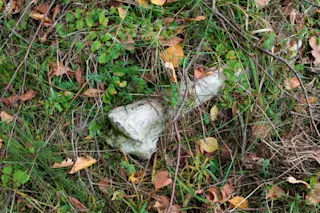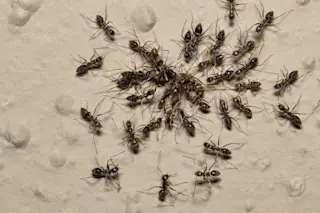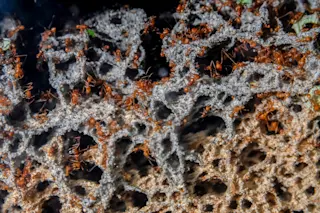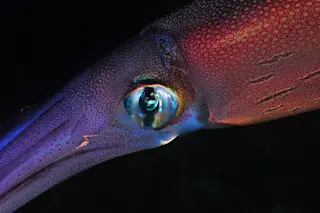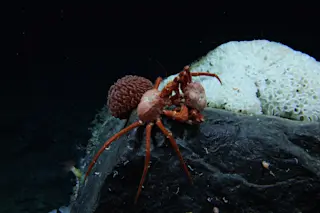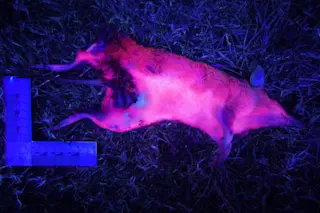Earlier today, I took a walk in the blustery winds of Washington DC with Drew Endy, a synthetic biologist from MIT. We had just been talking with Congressional staffers about the promise and perils of being able to manipulate life. There was too much to fit into the ninety minute session, and so our conversation spilled out on the street. And one of the things we talked about was the question of whether you can put your signature on a living thing. The question came up thanks to Craig Venter and his team, who announced last week that they had synthesized the entire genome of a microbe. The research was impressive, but the press coverage was a bit ridiculous, as I explained here. The notion that Craig Venter was playing God (he isn't) has proven to be journalistic catnip. In fact, the story refuses to die. In their paper, Venter ...
“Frankenstein Was Here”: Synthetic Biology as Graffiti
Discover the insights of Drew Endy, a synthetic biologist from MIT, on how we manipulate life and the implications of synthetic genomes.
More on Discover
Stay Curious
SubscribeTo The Magazine
Save up to 40% off the cover price when you subscribe to Discover magazine.
Subscribe

